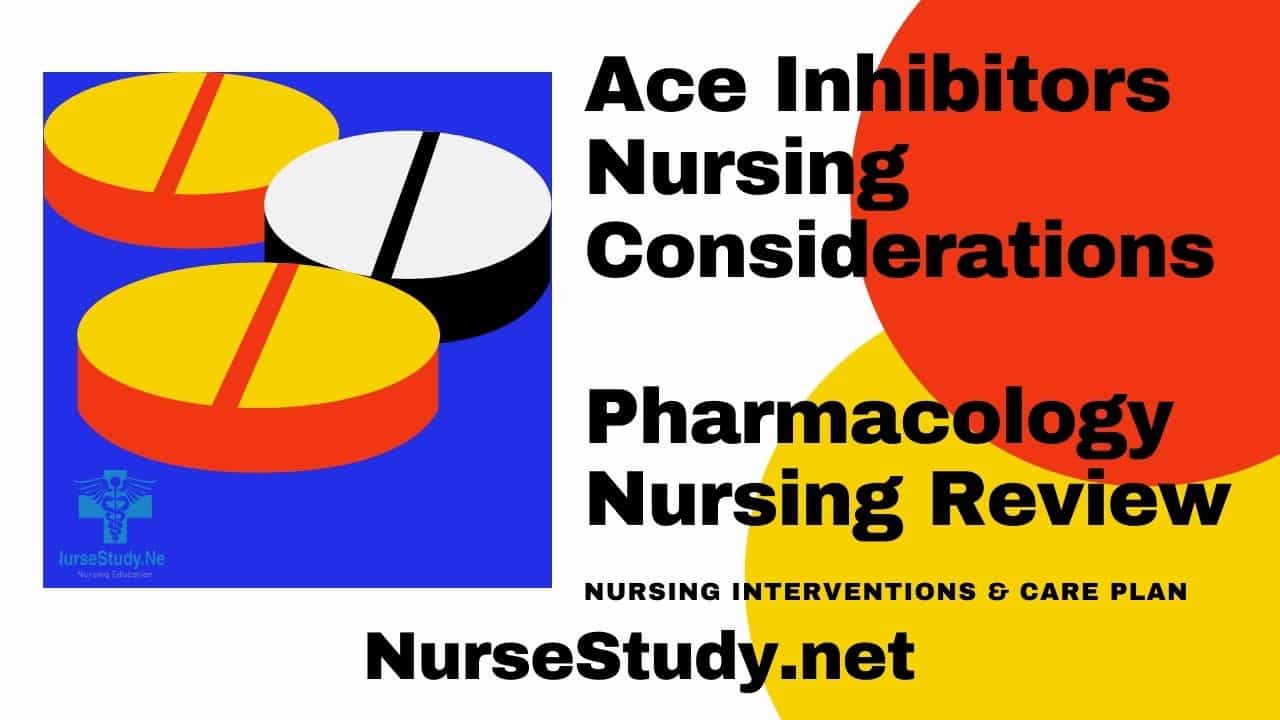Angiotensin-Converting Enzyme (ACE) Inhibitors are a class of medications commonly prescribed for hypertension, heart failure, and other cardiovascular conditions. These medications work by blocking the conversion of angiotensin I to angiotensin II, resulting in vasodilation and decreased blood pressure.
Generic names: Benazepril, Captopril, Enalapril, Fosinopril, Lisinopril, Quinapril, Ramipril, Perindopril
Brand names: Lotensin, Capoten, Vasotec, Monopril, Prinivil/Zestril, Accupril, Altace, Aceon
Pharmacologic class: Angiotensin-Converting Enzyme Inhibitors
Therapeutic class: Antihypertensive, Cardiovascular agent
Mechanism of action: ACE inhibitors prevent the conversion of angiotensin I to angiotensin II, reducing vasoconstriction and aldosterone secretion. This leads to vasodilation, decreased blood pressure, and reduced cardiac workload.
Indications for use: Hypertension, heart failure, left ventricular dysfunction, diabetic nephropathy, post-myocardial infarction, coronary artery disease, and prevention of cardiovascular events in high-risk patients.
Precautions and contraindications:
- History of angioedema
- Pregnancy (especially 2nd and 3rd trimesters)
- Bilateral renal artery stenosis
- Hyperkalemia
- Known allergy to ACE inhibitors
Drug Interactions
- NSAIDs may decrease antihypertensive effect
- Potassium supplements or potassium-sparing diuretics increase risk of hyperkalemia
- Lithium levels may increase
- Antacids may decrease absorption
- Insulin sensitivity may increase
Adverse Effects
- Dry, persistent cough
- Hyperkalemia
- Hypotension, especially first-dose
- Acute kidney injury
- Angioedema
- Taste alterations
- Fatigue and dizziness
- Headache
- Rash
- Elevated serum creatinine
Administration Considerations
Available preparations: Oral tablets, oral capsules, oral solution
Typical dosing: Varies by specific medication and indication. Usually started at lowest effective dose and titrated upward as needed.
Administration timing:
- Onset: 1-2 hours
- Peak effect: 4-6 hours
- Duration: 24 hours for most ACE inhibitors
Nursing Considerations for ACE Inhibitors
Related Nursing Diagnoses
- Risk for decreased cardiac output
- Risk for impaired kidney function
- Risk for injury related to orthostatic hypotension
- Ineffective health maintenance related to medication regimen
- Knowledge deficit regarding medication therapy
Nursing Assessment
- Obtain baseline vital signs, especially blood pressure. Monitor for orthostatic hypotension.
- Assess cardiovascular status, including heart rate, rhythm, and presence of edema.
- Review laboratory values:
- Serum potassium
- BUN and creatinine
- Complete blood count
- Liver function tests
- Assess for the presence of dry cough, which is a common side effect.
- Screen for pregnancy status as ACE inhibitors are contraindicated in pregnancy.
Nursing Interventions
- Monitor blood pressure frequently, especially after initial dose or dose increases.
- Administer first dose at bedtime to minimize orthostatic hypotension risk.
- Monitor for signs of angioedema (swelling of face, tongue, or throat).
- Assess kidney function regularly through laboratory values.
- Monitor potassium levels closely, especially if patient is on potassium supplements or potassium-sparing diuretics.
Patient Teaching Associated with ACE Inhibitors
- Instruct patients to rise slowly from lying or sitting positions to prevent orthostatic hypotension.
- Teach patients to monitor blood pressure at home and maintain a log.
- Educate about the importance of consistent medication timing and not skipping doses.
- Advise patients to report persistent dry cough, as this is a common side effect that may require medication change.
- Instruct patients to avoid over-the-counter NSAIDs without consulting healthcare provider.
- Emphasize the importance of regular laboratory monitoring.
- Teach women of childbearing age about pregnancy risks and the need for effective contraception.
- Advise patients to maintain adequate hydration and avoid excessive alcohol use.
- Instruct patients to report signs of angioedema immediately.
This is not an all-inclusive list of possible drug interactions, adverse effects, precautions, nursing considerations, or patient instructions. Please consult further with a pharmacist for complete information.
References and Sources
- Whelton PK, Carey RM, Aronow WS, et al. 2017 ACC/AHA/AAPA/ABC/ACPM/AGS/APhA/ASH/ASPC/NMA/PCNA Guideline for the Prevention, Detection, Evaluation, and Management of High Blood Pressure in Adults. J Am Coll Cardiol. 2018;71(19):e127-e248. doi:10.1016/j.jacc.2017.11.006
- Yancy CW, Jessup M, Bozkurt B, et al. 2017 ACC/AHA/HFSA Focused Update of the 2013 ACCF/AHA Guideline for the Management of Heart Failure. J Am Coll Cardiol. 2017;70(6):776-803.
- Sweitzer NK. What Is an Angiotensin Converting Enzyme Inhibitor? Circulation. 2003;108(3):e16-e18.
- Koshy S, Bakris GL. Therapeutic approaches to achieve desired blood pressure goals: focus on calcium channel blockers and angiotensin converting enzyme inhibitors. Cardiovasc Drugs Ther. 2000;14(3):295-301.
